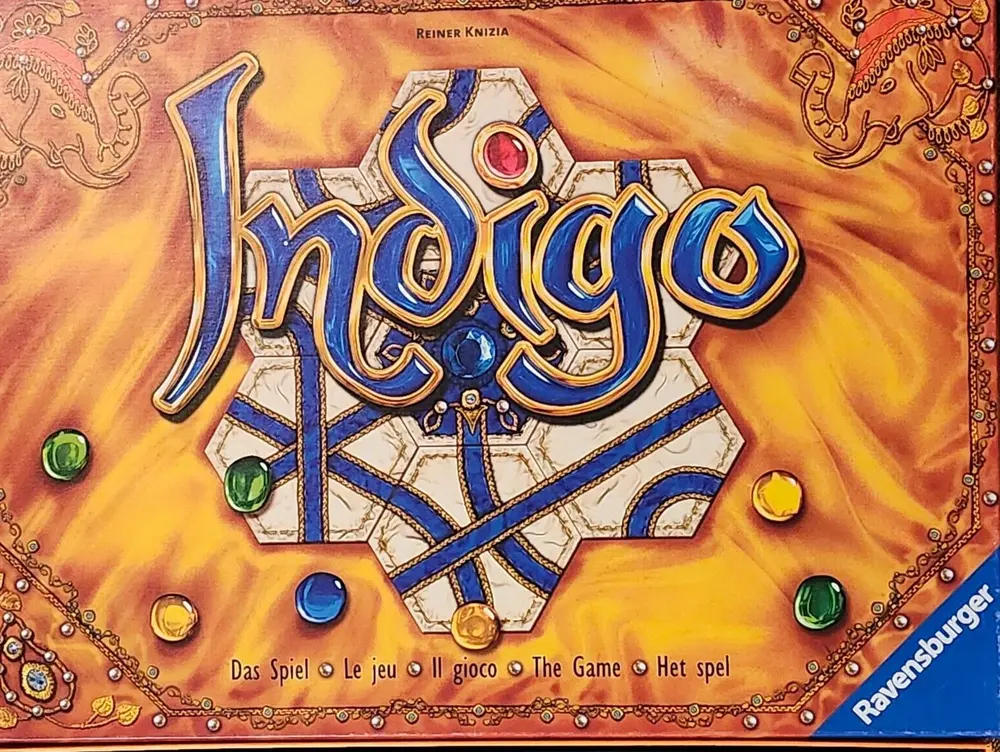Butterfly Garden (2012)
Indigo
“Indigo” is a tile-laying board game designed for two to four players, developed by Reiner Knizia and published by Ravensburger in 2012. The game is inspired by the deep shade of blue derived from the Indian indigo plant, which has been used for centuries to dye clothing and other materials.
Why is Indigo Popular?
Indigo is a popular game due to its accessibility, strategy, and entertaining gameplay. It has gained popularity among board game enthusiasts and is often compared to other tile-laying games like Metro, Tsuro, and Linie 1. The game has received positive reviews, with Nora Schreiber from Spieletest praising its accessibility and strategy, although she criticized its appeal for players who prefer more complex games.
Game Components of Butterfly Garden
How To Setup Butterfly Garden
To set up Butterfly Garden, players start by creating a shared board using the tiles. Each player chooses a token and places it at the starting point. Gemstones are distributed according to the rules, and each player receives a set of tiles to begin their journey. The objective is to guide these gemstones towards specific goals on the board, constructing pathways strategically to maximize points.
Gameplay Mechanics and Game Objective
Player Experience
Butterfly Garden offers a unique blend of strategy and competition, making it engaging for players who enjoy puzzle-like games. The game is immediately playable, and its short duration of about 30 minutes makes it an excellent addition to any game night. Players must think ahead and adapt quickly to the changing board, adding a layer of excitement and challenge.
Pros
Cons
Personal Thoughts on Butterfly Garden
Butterfly Garden is an excellent choice for families or casual gamers looking for a game that combines strategy with a touch of competition. It’s particularly suited for those who enjoy tile-laying games like Metro or Tsuro, and its short playtime makes it a great option for a quick game session. While it may not be the best fit for large groups or those seeking highly complex gameplay, it provides a fun and engaging experience for its intended audience.
We are supported by our audience. When you purchase through links on our site, we may earn an affiliate commission, at no extra cost for you. Learn more.

